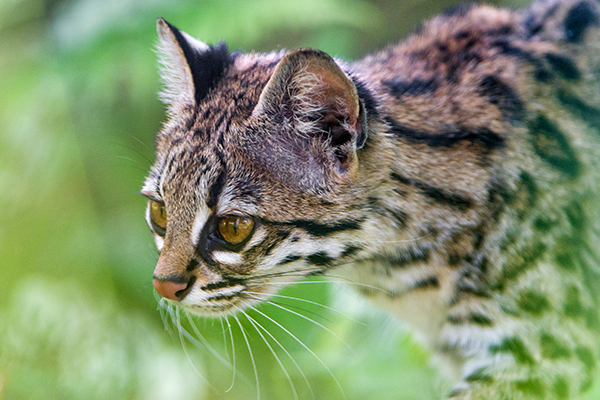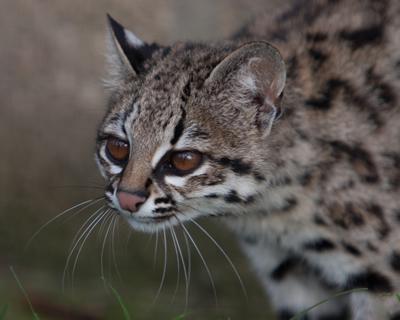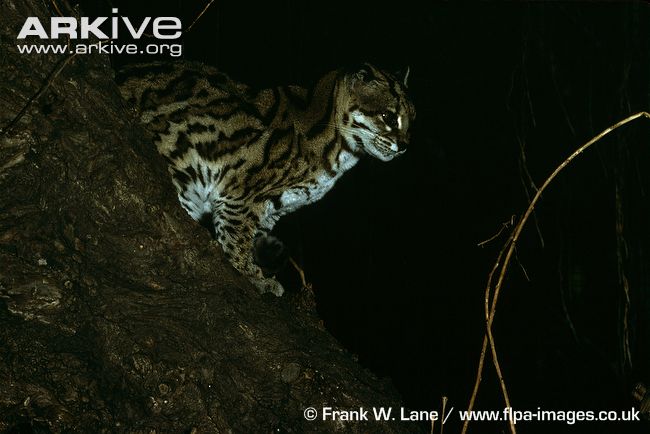Northern Tiger Cat

Northern Tiger Cat
Kingdom: Animalia
Phylum: Cordata
Class: Mammalia
Order: Carnivora
Family: Felidae
Subfamily: Felinae
Genus: Leopardus
Species: Leopardus tigrinus
Northern Tiger Cat Conservation Status: http://www.iucnredlist.org/details/11510/0
Despite the Northern and Southern Tiger Cats sharing similar names- they are completely separate species. They have been genetically isolated from each other 3.7 million years.
“…These two populations show a high level of divergence comparable to the one between species of the Leopardus genus and both populations have a low genetic diversity. To add more genetic oddity for the tiger cat species, there has been ancient historic hybridization between the Pampas cat and the Northern Tiger Cat, intense hybridization with Margays and Ocelots in Venezuela, Colombia, Ecuador, Bolivia and Argentina, and ongoing bi-directional hybridization between the Southern Tiger Cat with the Geoffroy’s Cat. However, there has been no indication of mixing whatsoever between the the Northern and Southern Tiger Cats! In other words, tiger cats mixed with other species but not between themselves! The Southern Tiger cat is recognized as a monotypic species (meaning they have no subspecies.)” http://www.catsg.org/index.php?id=600
The Northern Tiger Cat (also known as the Northern Oncilla) only weighs about 1.5-3 kg (3-7 lb) and is 40-59 cm (15-23 in) long. It has buff colored fur with elongated rosettes along its body and stripes on its face and tail. Some melanistic (all black) Northern Tiger Cats have been reported from the more heavily forested parts of its range.
The Northern Tiger Cat lives in the deep rainforests of Costa Rica, Brazil, Colombia, Ecuador and other nearby countries of South America. It maneuvers in trees admirably but is not as arboreal as some rainforest cat species. It eats some birds but its main source of nourishment are land based rodents, small reptiles, and insects.
Young Northern Tiger Cats can purr, while adults are known to make “short, gurgling calls when close to one another.” They can live up to 21 years.
More wild cats here


